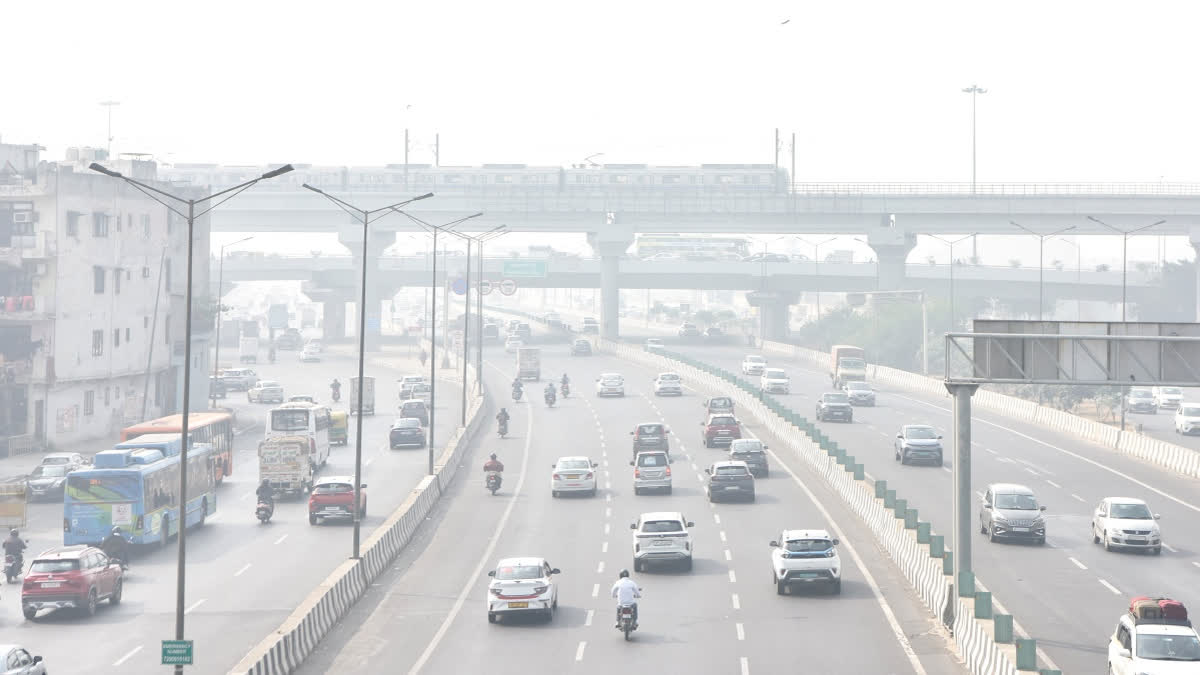New Delhi: Delhiites continued to grapple with toxic air as the capital’s air quality remained in the “Severe” category on Saturday, with an average Air Quality Index (AQI) of 420. The predominant pollutant was PM2.5, a fine particulate matter that poses severe health risks by penetrating deep into the lungs and entering the bloodstream.
Out of the city’s 36 monitoring stations, 14 recorded air quality in the “Severe Plus” category, with AQI readings exceeding 450. The remaining stations reported AQI levels in the “Severe” range, between 401 and 450. These alarming levels signify life-threatening conditions, particularly for vulnerable groups such as children, the elderly, and individuals with respiratory or cardiovascular issues.
Weather conditions have further compounded the crisis. Friday’s maximum temperature stood at 23 degrees Celsius, slightly warmer than average for this time of year. The day began with a misty morning and high humidity levels ranging from 95% to 71%, intensifying the effects of pollution. High humidity often makes the air denser and more difficult to breathe, worsening the situation for residents.
Following is the data on AQI in Delhi over the last week
| Date | AQI |
| 14 Dec | 193 |
| 15 Dec | 294 |
| 16 Dec | 379 |
| 17 Dec | 433 |
| 18 Dec | 445 |
| 19 Dec | 451 |
| 20 Dec | 429 |
Delhi’s poor air quality during winter months is a recurring issue, exacerbated by stagnant weather conditions, poor ventilation, and low wind speeds. The current AQI levels fall under Stage III (Severe) of the Graded Response Action Plan (GRAP), prompting authorities to advise against outdoor activities, particularly for vulnerable groups.
Adding to the challenges, the India Meteorological Department (IMD) has forecast dense fog over the weekend, which could further reduce visibility and amplify the impact of the hazardous air. However, relief may be on the horizon as the IMD has predicted light to moderate rainfall on December 26. This precipitation is expected to temporarily improve air quality by settling airborne pollutants.
As the toxic air continues to envelop the city, authorities and health experts urge residents to take precautions, such as using air purifiers indoors, wearing masks outdoors, and minimizing physical activity during peak pollution hours. With winter pollution a recurring issue, long-term solutions remain crucial to addressing the capital’s air quality crisis.



